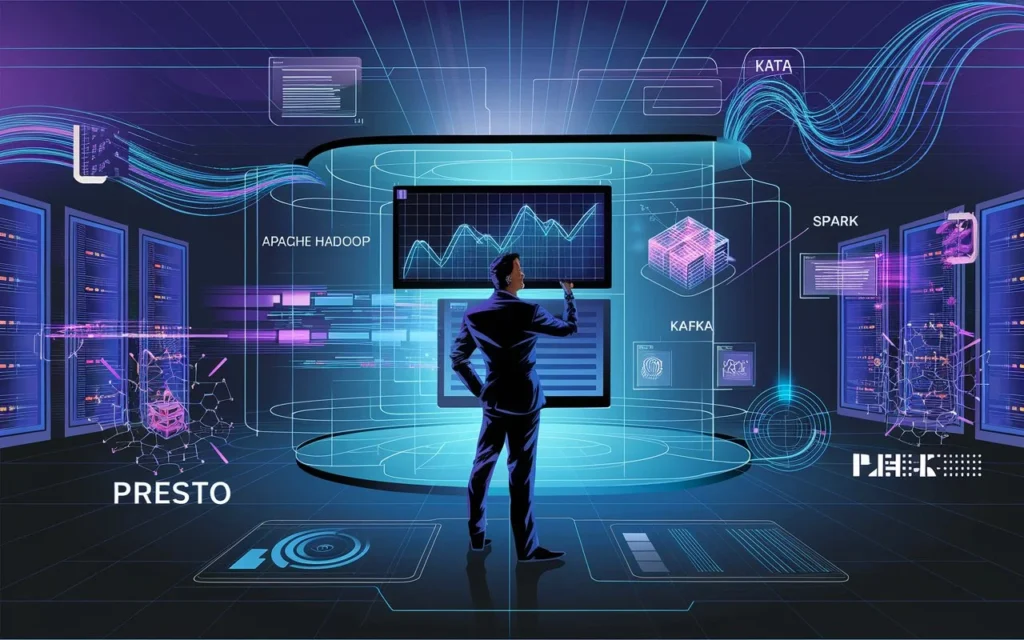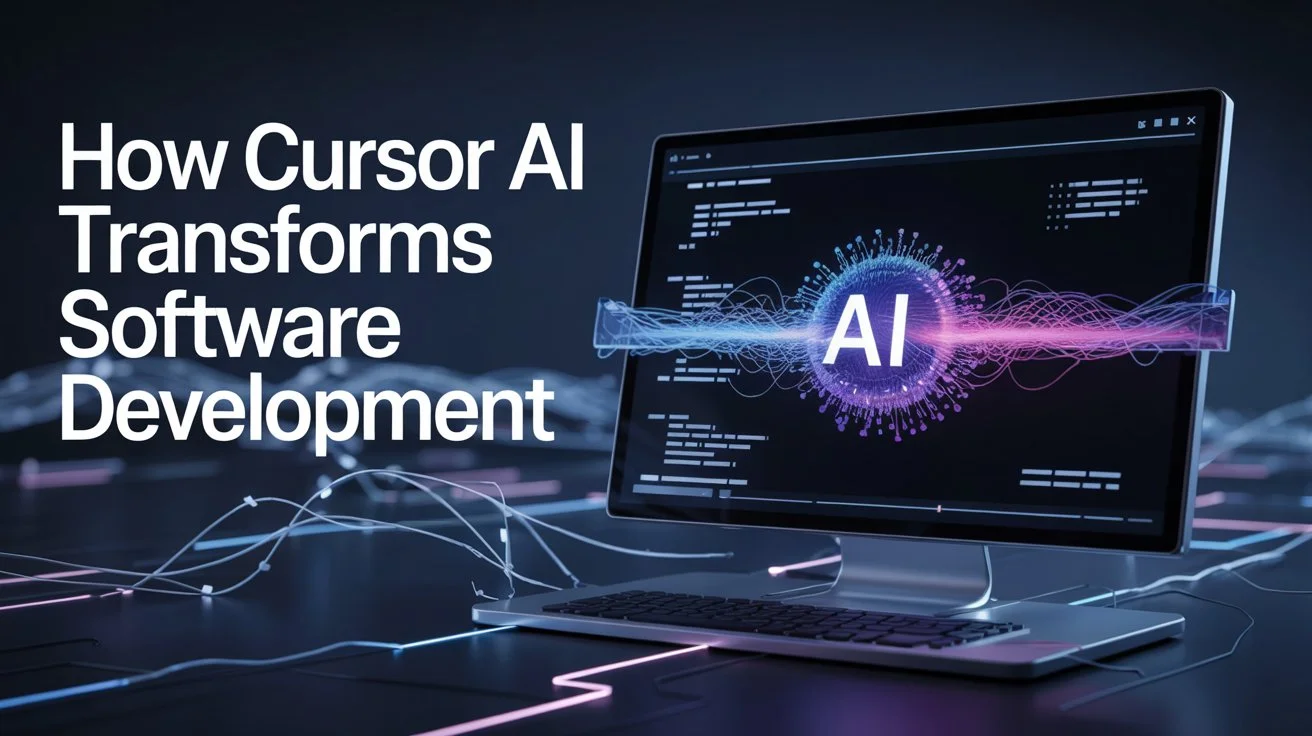
Top Big Data Technologies in 2025
In today’s hyper-connected world, we generate an astonishing amount of data every second—from social media interactions and IoT sensors to financial transactions and health records. This explosion of data has given rise to the need for powerful tools and technologies that can help us store, manage, and derive insights from this vast ocean of information.
Enter Big Data technologies—the backbone of modern data analytics, enabling organisations to extract actionable insights, build intelligent systems, and make data-driven decisions. Whether it’s building real-time data pipelines or training machine learning models, these tools have become essential in the toolkit of every data professional.
In this blog, we’ll explore the top Big Data technologies of 2025 that are redefining the way businesses handle and analyse large-scale data.
Why Big Data Technologies Are Crucial
Before diving into the technologies themselves, it’s important to understand why Big Data solutions are indispensable today.
- Volume and Variety: The data we deal with today comes in different formats—structured, semi-structured, and unstructured—and in massive volumes.
- Velocity: Data is generated at lightning speed. Tools must process and analyse data in real-time or near real-time.
- Veracity and Value: Making sense of messy, noisy data is crucial to extract meaningful insights that add business value.
Modern Big Data technologies address all these challenges by offering scalable, fault-tolerant, and high-performance solutions.

Top Big Data Technologies in 2025
Let’s take a closer look at the most influential Big Data technologies that are dominating the landscape in 2025.
1. Apache Hadoop
Often considered the pioneer in the Big Data movement, Apache Hadoop continues to be a foundational technology. It is an open-source framework designed to store and process huge volumes of data using a distributed computing model.
Key Components:
- HDFS (Hadoop Distributed File System): Acts like a highly organised digital librarian, storing data across multiple machines.
- MapReduce: A processing engine that divides tasks into subtasks, processes them in parallel, and consolidates the results.
Why It Matters:
- Handles petabytes of data efficiently.
- Cost-effective, as it runs on commodity hardware.
- Fault-tolerant, scalable, and highly reliable.
Despite newer tools entering the scene, Hadoop remains relevant, especially in enterprise-grade systems where batch processing is key.
2. Apache Spark
If Hadoop is the workhorse, Apache Spark is the race car. Spark revolutionised Big Data processing with its in-memory computation capabilities, which significantly reduce processing time.
Features:
- Supports batch processing, interactive queries, real-time streaming, and machine learning.
- Can be integrated with Hadoop, Hive, HBase, and more.
Advantages:
- Lightning-fast data processing.
- Suitable for both data engineering and data science use cases.
- Preferred choice for real-time applications such as fraud detection and recommendation engines.
Spark is widely adopted for its versatility and performance, making it a must-know tool for modern data professionals.
3. Apache Kafka
In an age where data is always in motion, Apache Kafka acts as a reliable messenger for real-time data streams.
What It Does:
- Kafka is a distributed event streaming platform.
- Enables seamless, high-throughput, and fault-tolerant data pipelines.
Use Cases:
- Financial market data feeds.
- Activity tracking systems (e.g., clicks, likes, shares).
- Real-time monitoring in DevOps or IoT systems.
Kafka’s ability to handle massive amounts of data in real time makes it invaluable for building responsive and resilient data systems.
4. Apache Hive
Apache Hive simplifies working with data stored in Hadoop by providing a familiar SQL-like interface called HiveQL.
Features:
- Converts HiveQL queries into MapReduce or Apache Tez jobs.
- Supports data summarisation, ad hoc queries, and data analysis.
Who Benefits:
- Business analysts who are familiar with SQL.
- Developers building data marts or performing ETL tasks.
Hive bridges the gap between non-programmers and Big Data, making it a user-friendly gateway to data stored in Hadoop.
5. Presto
Imagine needing to query data that’s scattered across Hadoop, MySQL, Cassandra, and Amazon S3. That’s where Presto steps in.
Highlights:
- Distributed SQL query engine designed for speed.
- Supports querying across heterogeneous data sources.
Key Benefits:
- No need to move data—query it where it resides.
- Ideal for interactive analytics and BI tools.
Presto acts like a federated search engine for your data ecosystem, enabling unified analytics without the overhead of data duplication.
6. RapidMiner
Not every data enthusiast is a coding expert—and that’s where RapidMiner shines.
What It Offers:
- A visual, drag-and-drop interface for data preparation, modelling, evaluation, and deployment.
- Supports the entire data science lifecycle.
Why It Stands Out:
- Suitable for users with limited programming skills.
- Highly extensible with support for Python, R, and third-party plugins.
From training predictive models to deploying them in real-world applications, RapidMiner simplifies complex workflows and lowers the barrier to entry for data science.
7. Apache Cassandra
When it comes to managing massive volumes of data with high availability, Apache Cassandra is a trusted NoSQL database.
Key Features:
- Distributed architecture with no single point of failure.
- Designed for high write and read throughput.
Use Cases:
- IoT data ingestion.
- E-commerce platforms managing user activity and transactions.
- Social media apps with millions of daily interactions.
Cassandra’s decentralised design ensures data integrity and uptime, even when hardware failures occur—making it ideal for mission-critical applications.
Also Read: How to Learn Coding in 2025 – Roadmap for Beginners to Advanced Developers
How to Get Started with Big Data Technologies
Learning Big Data technologies can seem overwhelming at first, but with the right guidance and structured learning, it becomes manageable and even enjoyable.
Recommended Learning Path:
- Understand the fundamentals of data storage and distributed systems.
- Gain hands-on experience with Hadoop and Spark.
- Learn how to build streaming data pipelines using Kafka.
- Explore SQL-on-Hadoop tools like Hive and Presto.
- Try building simple ML models using tools like RapidMiner.
- Dive into NoSQL databases like Cassandra for real-world applications.
If you’re a working professional aiming to transition into data engineering or a student looking to future-proof your career, enrolling in a comprehensive certification programme is a smart move.
Learner Spotlight: Real-World Upskilling Journey
Take the example of Asad Shah, a data professional from Canada. After years of working in the SQL domain, Asad wanted to expand his horizons and transition into Big Data. By enrolling in a professional certification programme, he gained hands-on experience in tools like Hadoop, Spark, and Kafka. Today, he confidently leads Big Data projects and has even received a well-deserved salary hike.
His story reflects a broader trend: continuous upskilling is the key to staying competitive in today’s fast-paced tech industry.
Conclusion
The world of Big Data is growing at an exponential pace, and with it comes the demand for powerful tools that can manage and analyse vast datasets efficiently. From Apache Hadoop to Apache Cassandra, the technologies we explored in this post are not just buzzwords—they are practical, battle-tested solutions used across industries.
Whether you’re a budding data engineer, a seasoned software developer, or someone looking to switch domains, familiarising yourself with these Big Data technologies will significantly boost your career prospects.
So don’t wait—start learning, experimenting, and building with these powerful tools today. The future of data is already here. Are you ready to harness it?
Further Resources
- What is Big Data
- 9 Essential Skills to Become a Data Scientist in 2025
- How to Become a Data Analyst in 2025
If you enjoyed this post and want more updates on the latest in tech, analytics, and software development, don’t forget to subscribe to our blog and follow us on LinkedIn!





